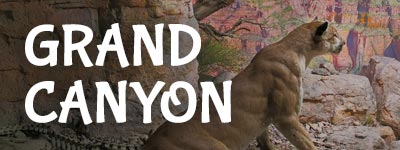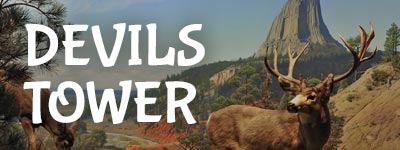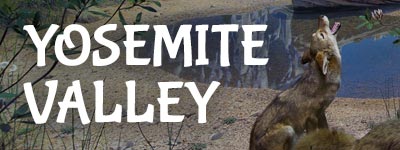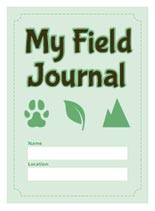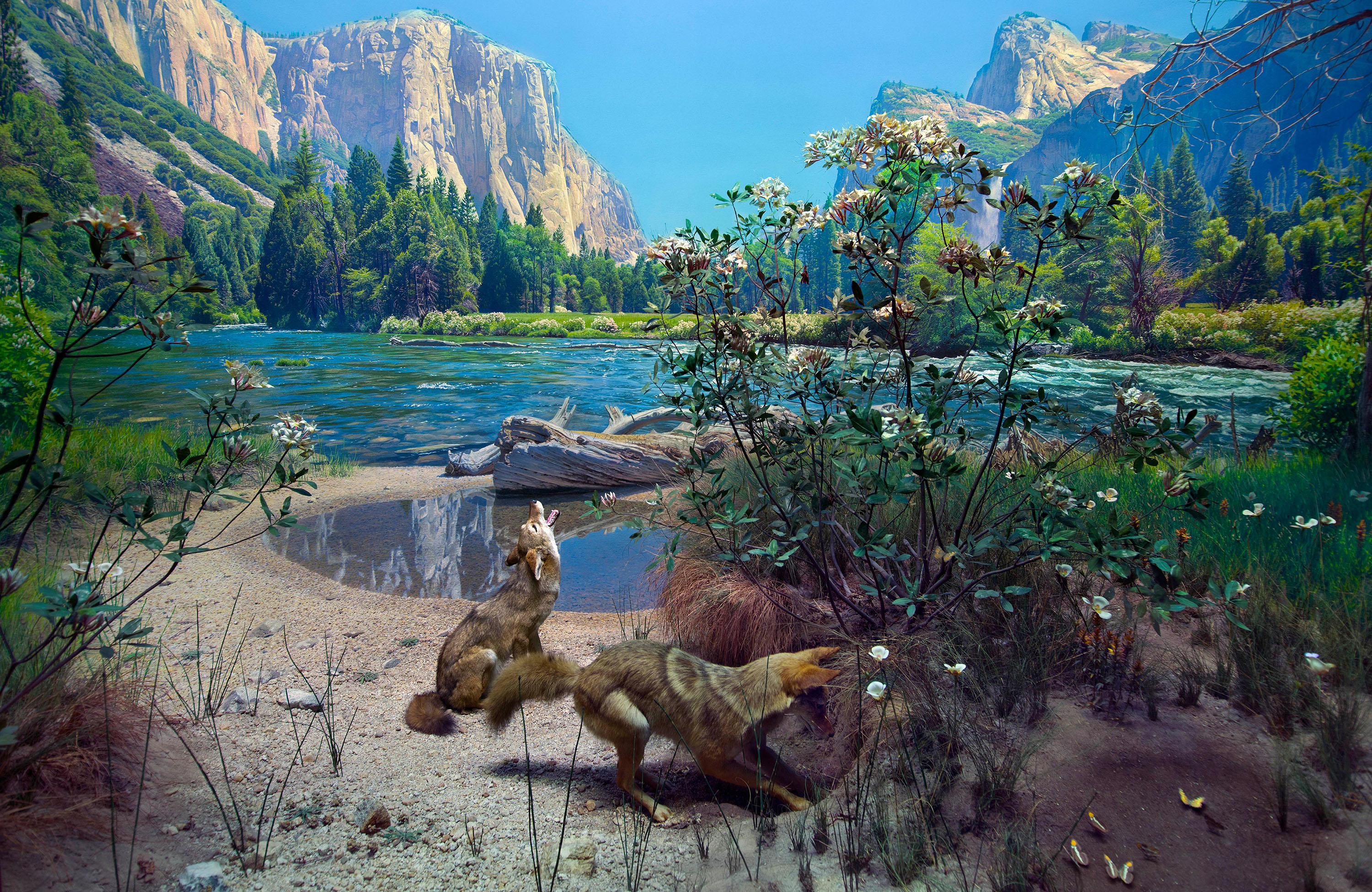
WELCOME TOYOSEMITE VALLEYCALIFORNIA
It’s a gorgeous summer day and this national park is bursting with life.
Roosevelt may have visited this very spot when he camped here in 1903. He went camping with John Muir, the famous naturalist and Sierra Club founder. The two men wanted to preserve the forests of giant sequoia trees. Soon after this trip, Roosevelt added the Mariposa Grove of sequoias to Yosemite National Park. Let’s go and explore!
|
||
This is your online field journal.
It has 10 questions to help you observe the animals, plants, and environment in this scene.
ANIMALS
What kinds of animals do you see?
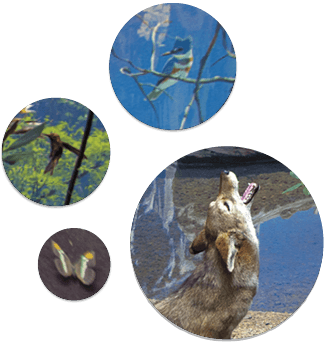
ANIMALS
What do you think the coyotes are doing? (You can pick more than one.)
ANIMALS
Do you think the coyote is a carnivore, herbivore, or an omnivore?
ANIMALS
Do you think the coyotes live here? Or are they just passing through?
ANIMALS
What kinds of plants do you see? (Click all that you see.)
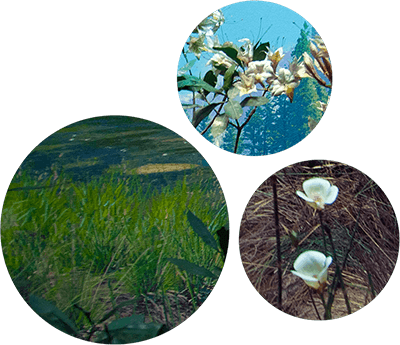
PLANTS
Look at the sandy soil that the lily grows in. How do you think the lily is adapted to survive in this environment?
PLANTS
How do you think butterflies might depend on these plants?
ENVIRONMENT
Look at the colors in this scene. What are the main colors you see? (Click all that you see.)
ENVIRONMENT
What kinds of geographic features do you see? (Click all that you see.)

ENVIRONMENT
Yosemite is famous for its steep granite cliffs that rise as much as 13,000 feet above the valley floor. What clues do you see that might tell you how the cliffs and valley formed? (Hint: There are two.)

TIP: Close this book to help you see the whole scene better.
1 of 10
- amphibians
- birds
- fish
- insects
- lizards or snakes
- mammals
Besides the pair of coyotes (mammals), there are many butterflies (insects) and two birds, an Anna’s hummingbird and a Belted Kingfisher.
2 of 10
- communicating
- fighting
- looking for food
- resting
The coyote on the left sends a howl through Yosemite Valley. The long-distance call is meant to communicate to nearby packs: “keep out”! The second coyote may chime in, but for now it is busy looking for food, digging for a gopher or another burrower.
3 of 10
- carnivore
- herbivore
- omnivore
Coyotes are omnivores that will eat or try to eat just about anything! They hunt small prey like rabbits, rodents, birds, and snakes. Some coyotes are large enough to hunt deer and sheep, although they also scavenge them. They eat fruit, flowers, grass, and insects too.
4 of 10
- live here
- passing through
There’s no den in sight, so it’s likely these coyotes are just passing through. In fact, they tend to roam most of the year, sleeping on the ground. The only time they stay in dens is during “pup season,” when they give birth and nurse their young.
5 of 10
- flowers
- bushes
- vines
- grass
As snow melts in the spring, the grassy meadows become lush with many plants. The flowering bushes are western azaleas. Wildflowers on the ground are butterfly mariposa lilies. Local Native American tribes used to eat the lily’s sweet bulbs.
6 of 10
- It has a bulb that stores water and nutrients.
- It has lots of deep roots.
- Its bitter taste keeps coyotes away.
- Its thick bark protects the plant from sand storms.
Sandy soils don’t hold water and nutrients like dark, loamy soil, so the lily has bulbs that store them for the plant! Bulbs also help a plant grow and survive during cold winters.
7 of 10
- They gather inside the flowers’ petals.
- They sip from the lily bulbs.
- They build nests in the bushes’ branches.
- They sip the flower’s nectar.
Butterflies get their “food” by sipping nectar from the lily’s flowers. In turn, the butterflies help pollinate lilies. When a butterfly perches on the lily to eat, it picks up pollen on its body. Then it spreads the pollen when it lands on another plant.
8 of 10
- blues
- greens
- oranges
- browns
You can see blue water, green forests and meadows, and brown mountains and rocky shores. The scene is so lush, you might think Yosemite gets lots of summer rain! In fact, it’s the melting winter snow that is filling rivers and watering the valley.
9 of 10
- forest
- mountain
- river
- valley
You can see all of these geographic features in this diverse landscape: a river flowing through a valley, with a forest along its banks. Granite mountains soar in the distance.
10 of 10
- vertical cliffs
- evergreen forests
- U-shape of valley between cliffs
- horizontal layers of rock
The granite cliffs formed hundreds of millions of years ago from melted rock deep underground. Over time, the granite was uplifted by tectonic movement. About two million years ago, moving glaciers began to sculpt out a U-shaped valley with steep, vertical cliffs.
Want to go on your own outdoor adventure?
Use this field journal to record your observations outside!




